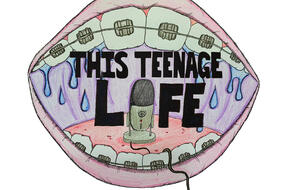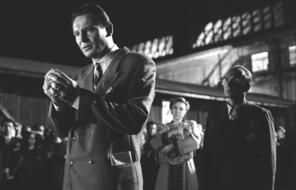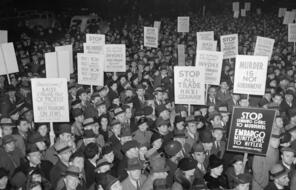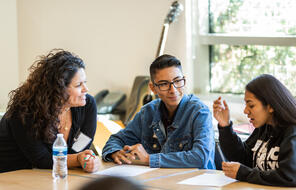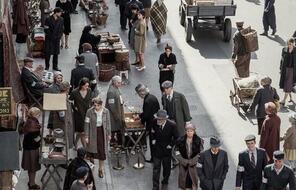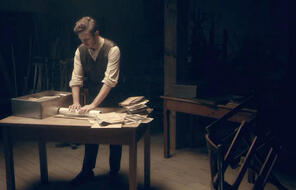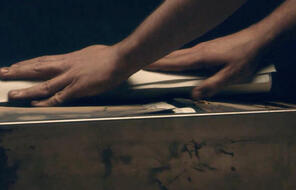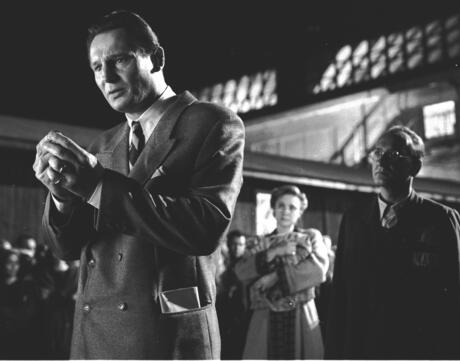
Viewing: Analyzing the Art of Schindler’s List
At a Glance
Language
English — USSubject
- History
Grade
6–12- The Holocaust
Overview
Overview
In a previous lesson, students considered how Oskar Schindler’s evolution from a Nazi collaborator into a rescuer of over 1,100 Jews adds to their thinking about the importance of individual choices. In this lesson, students will analyze Schindler’s List as a work of art, exploring how the film helps to convey what the poet Sonia Weitz defines as the “other world” of the Holocaust. 1 They will consider how Spielberg’s character depictions and artistic choices highlight Jewish resilience, humanity, and survival and foster an emotional engagement with the history of the Holocaust. In the process, they will contemplate what we can learn from film and other works of art that more purely historical accounts of the Holocaust might not capture.
- 1Sonia Schreiber Weitz, I Promised I Would Tell (Brookline, MA: Facing History and Ourselves, Inc., 2012), 66.
Preparing to Teach
A Note to Teachers
Lesson Plans
Activities
Materials and Downloads
Viewing: Analyzing the Art of Schindler’s List
Viewing: Oskar Schindler and the Making of a Rescuer
Post-Viewing: The Persecution of the Rohingya and the Persistence of Genocide
Unlimited Access to Learning. More Added Every Month.
Facing History & Ourselves is designed for educators who want to help students explore identity, think critically, grow emotionally, act ethically, and participate in civic life. It’s hard work, so we’ve developed some go-to professional learning opportunities to help you along the way.
Exploring ELA Text Selection with Julia Torres
On-Demand

Working for Justice, Equity and Civic Agency in Our Schools: A Conversation with Clint Smith
On-Demand

Centering Student Voices to Build Community and Agency
On-Demand
